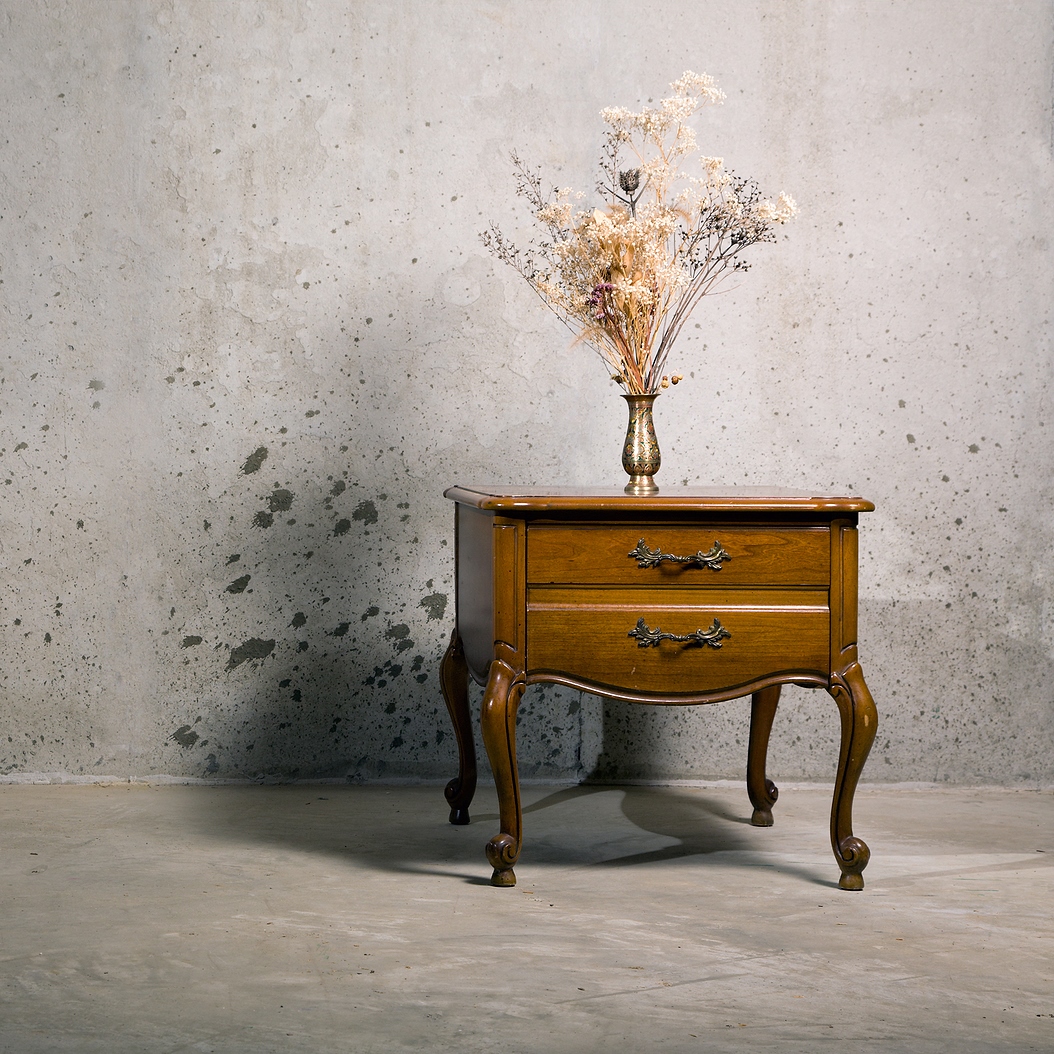Handling and shipping antiques, whether locally or across a long distance, is always a risky and responsible endeavor. It’s vital to organize all activities with due care to the object’s type and condition so that you bring the risks of damage down to a minimum and don’t expose your precious, old collectibles to unnecessary hazards. In case you have decided to organize antique storage in your premises without moving your collection anywhere, several professional tips will help you ensure the art objects are fully protected from environmental and physical damage.
How to Prepare Your Antique Storage?
Organizing a secure antique storage room at home is possible if you follow the rules of professional and delicate art handling.
#1 Proper Cleaning
All antiques require proper preparation before packaging; if you have antique furniture with wooden surfaces, it makes sense to polish or wax them before storage. Metal frames can be oiled before storage, which will reduce the risk of rust. Sculptures, installations, musical instruments, and any other works of art should be wiped with a special sponge so that their surfaces contain no dust and dirt. However, it is always a good idea to consult an art restorer or conservator before deciding on the best way of preserving your art and antiques.
#2 Protective Gloves
Antique objects’ surfaces are extremely vulnerable to the effect of undesirable substances that may come into contact with them during unprofessional or wrong handling. One such risk comes from moving your antiques with bare hands, which can have oil or dirt on the surface and cause damage to your expensive and rare property. Thus, we recommend using special gloves for objects with delicate surfaces.
#3 No Stacking
Once you arrange antique storage, reserve a separate spot for every item on the same level or on the shelves. Stacking objects one on top of the other creates unnecessary pressure on the old, fragile artworks and causes cracks and scratches.
#4 Disassembly
The rule of thumb is that moving parts that can be disassembled should be disassembled. It’s much easier to store antiques with every part packaged separately and placed in its own secure storage spot.
#5 Professional Wrapping
Non-adhesive, acid-free wrapping materials are a must for antiques and other art objects. Using these materials reduces the risks of sticking to the surface, which can ruin it.
#6 Climate Control
Antiques are very picky in terms of moisture and temperature at which they can be conveniently stored. So, it’s essential to equip your storage unit with a climate control system that will maintain stable temperature and humidity to prevent damage.
Looking at these tips, you may think you need a third-party storage unit to make sure everything is fine with your antiques. If this is your case, Fine Art Shippers is happy to offer professional storage services in New York, meeting all needs and requirements of antique collectibles.
